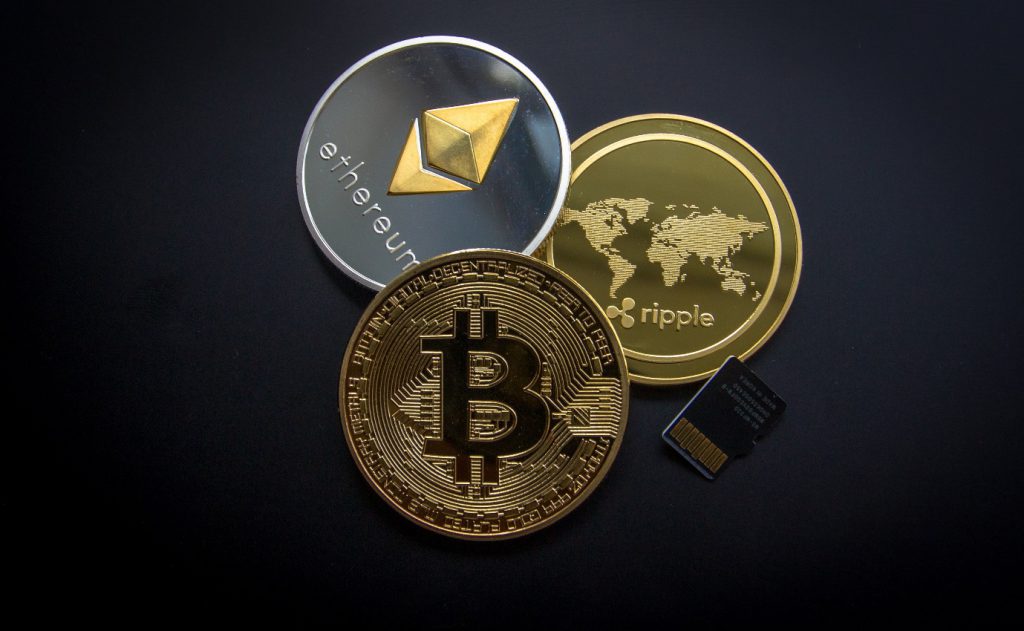The cryptocurrency market is booming, with decentralized exchanges (DEXs) capturing over 10% of the total trading volume in recent years. Swap cryptocurrencies, integral to this rise, allow users to trade assets directly without centralized intermediaries. This article explores key trends shaping the future of swap cryptocurrencies over the next five years.
The Rise of Decentralized Exchanges (DEXs)
DEX Adoption and Growth
DEXs are gaining traction. In 2023, DEX trading volume reached $40 billion monthly, up from just $10 billion in 2020. Analysts predict continued growth, potentially doubling market share as more users seek privacy and control over their assets.
Technological Advancements in DEXs
Technological advancements are addressing user needs. Zero-knowledge proofs enhance privacy, allowing transactions without revealing user data. Layer-2 solutions, such as Optimism and Arbitrum, improve transaction speed and lower gas fees, making DEXs more accessible to average users.
Security Enhancements in DEXs
Security remains a top priority. Many DEXs are adopting multi-signature wallets and implementing rigorous smart contract audits. For instance, SushiSwap’s recent update increased transaction security through a comprehensive risk assessment protocol, boosting user confidence.
The Evolution of Automated Market Makers (AMMs)
Beyond Uniswap
AMMs are evolving beyond simple models like Uniswap’s constant product formula. Projects like Balancer and Curve Finance introduce innovative algorithms, improving the flexibility and efficiency of trades while accommodating diverse asset pools.
Capital Efficiency in AMMs
Enhanced capital efficiency is driving AMM innovation. Concentrated liquidity allows liquidity providers to offer liquidity in specific price ranges, maximizing potential earnings. This approach has revolutionized how liquidity is managed on DEXs.
AMM Governance and Community Involvement
Community governance is shaping AMM strategies. Protocols like Yearn Finance empower users with voting rights on major decisions, fostering a sense of ownership and alignment with the community’s interests.
The Integration of DeFi and CeFi
Bridging the Gap
DeFi and centralized finance (CeFi) are becoming more intertwined. Many CeFi platforms are now offering DeFi features, allowing users to earn yield on their crypto assets while maintaining regulatory compliance.
Regulatory Compliance and DEXs
The regulatory landscape is shifting. Governments are drafting guidelines for DEX operations, aiming to protect users and ensure tax compliance. For example, the U.S. has proposed new rules that could alter how DEXs operate, demanding greater transparency.
Institutional Adoption of DEXs
Institutions are eyeing DEXs. According to a recent survey, 30% of institutional investors plan to increase their exposure to decentralized platforms by 2025, drawn by the allure of lower fees and greater flexibility.
The Impact of Layer-2 Scaling Solutions
Enhanced Scalability and Efficiency
Layer-2 solutions like Arbitrum are providing much-needed scalability. Transaction speeds have improved, with some DEXs reporting processing times of under a second. Fees have decreased significantly, making DeFi more accessible to all.
Cross-Chain Interoperability
Interoperability is a hot topic. As blockchain networks expand, cross-chain functionality allows users to swap assets across different chains seamlessly. This trend is vital for broader adoption, enabling more users to leverage various blockchain benefits.
Layer-2’s Effect on User Experience
User experience is improving with Layer-2 technologies. Transactions on DEXs are now faster and less expensive, resulting in a smoother trading experience. This ease of use is attracting new users who may have been hesitant before.
The Future of Cross-Chain Swapping
Bridging Different Blockchains
Cross-chain bridges are emerging to facilitate smooth token swapping across networks. Users can now move assets effortlessly between Ethereum and Binance Smart Chain, enhancing liquidity and trading opportunities.
Challenges and Opportunities
Despite promise, cross-chain swapping faces challenges like security risks and complexity. However, the demand for seamless trading presents opportunities for innovative solutions and partnerships among projects.
The Role of Interoperability Protocols
Interoperability protocols like Cosmos and Polkadot are vital for cross-chain functionality. They provide frameworks that enable different blockchains to communicate, enhancing the overall trading ecosystem.
New Use Cases and Emerging Technologies
NFTs and DEXs
The rise of Non-Fungible Tokens (NFTs) is impacting DEXs. DEXs are starting to list NFT marketplaces, creating new opportunities for users to swap digital collectibles alongside cryptocurrencies.
Metaverse Integration
DEXs are taking on a prominent role in the metaverse economy. As virtual worlds expand, users will need platforms to swap virtual assets, making DEXs essential in this new digital frontier.
Decentralized Identity and Privacy
Decentralized identity solutions are enhancing user privacy on DEXs. These systems allow users to control their personal data, reducing risks associated with centralized databases and increasing trust in DEX operations.
In summary, the future of swap cryptocurrencies is bright, shaped by advancements in DEX technology, innovative AMM models, and growing institutional interest.
For investors and users, staying informed about these trends is crucial for seizing opportunities in this dynamic market. The next five years promise exciting developments, making swap cryptocurrencies an essential area for focus. The potential challenges should not deter enthusiasm; instead, they highlight the importance of adaptation in this rapidly evolving landscape.








Facebook Comments